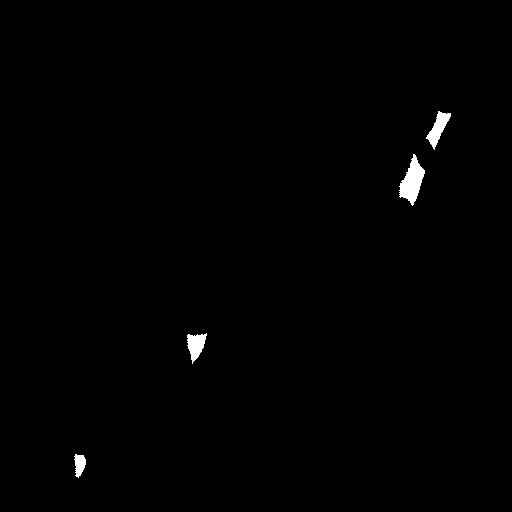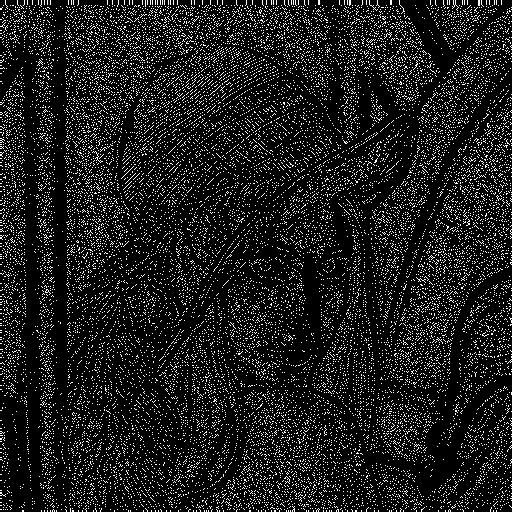Processing a geodesic dilation.
- Parameters:
-
I1 Exact type of image marker. I2 Exact type of image mask. N Exact type of neighborhood.
- marker Image to work on.
- mask Image used for geodesic dilation.
- Ng Neighborhood to use.
- Precondition:
- Mask must be greater or equal than marker.
- Warning:
- This version shouldn't be use, since it exists only to have a reference algorithm.
#include <oln/basics2d.hh> #include <oln/morpho/opening.hh> #include <oln/morpho/geodesic_dilation.hh> #include <oln/level/compare.hh> #include <ntg/all.hh> int main() { typedef oln::image2d<ntg::int_u8> im_type; im_type im1(oln::load(IMG_IN "lena128.pgm")); im_type im2 = oln::morpho::opening(im1, oln::win_c4p()); save(oln::morpho::sure::geodesic_dilation(im2, im1, oln::neighb_c4()), IMG_OUT "oln_morpho_sure_geodesic_dilation.pbm"); return 0; }


Definition at line 150 of file geodesic_dilation.hh.
References oln::abstract::image< Exact >::border_adapt_copy(), oln::abstract::neighborhood< Exact >::delta(), and oln::abstract::image< Exact >::size().
Referenced by geodesic_reconstruction_dilation().
00153 {
00154 mlc::eq<I1::dim, I2::dim>::ensure();
00155 mlc::eq<I1::dim, N::dim>::ensure();
00156 precondition(marker.size() == mask.size());
00157 precondition(level::is_greater_or_equal(mask, marker));
00158
00159 oln_concrete_type(I1) output(marker.size());
00160 marker.border_adapt_copy(Ng.delta());
00161 oln_iter_type(I1) p(marker);
00162 for_all (p)
00163 output[p] = std::min(morpho::max(marker, p, convert::ng_to_cse(Ng)), mask[p]);
00164 return output;
00165 }







 1.3.6-20040222
1.3.6-20040222